Types of honey
Honey is considered a natural antibiotic because of the multiple medicinal properties that it has. Honey comes mostly from plant nectar, collected and transformed by bees
how to shop
Share
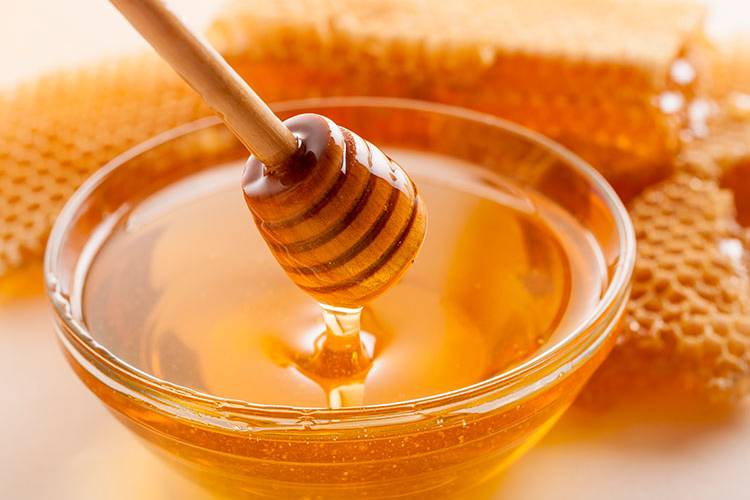
This product that has been used by human beings since ancient times, as food well as for external application to heal wounds and also as preservative. In fact honey does not spoil. It has been part of the Mediterranean diet since the time of the Egyptians and until sugar cane appeared in the 16th century, it was the only known sweetener.
Honey is beneficial for treating coughs and other respiratory ailments, as well as for the treatment of allergies, cholesterol reduction, prevention of heart problems and constipation, due to its laxative effects.
Types of honey
We can put them in 2 large groups:
• Floral Honey:
- Monofloral: comes from the nectar of a single flower.
- Multifloral: it is formed from the nectar of many flowers, without having any in a larger proportion than the others. This is the honey of the mountains and of meadows.
• Honeydew honey or forest honey: Is not made from flower nectar, but from secretions of certain plants or animals that ingest them from plants. Also called dew honey, or honey dew.
There is a wide variety of honeys with differentcolours, flavours, smells and textures depending on their place of origin.
Main unifloral honeys:

Rosemary honey
Light amber colour, crystallised or hardened, is white in colour. Helps digestion, prevents heartburn or flatulence. Recommended for colds or bronchitis due to its antiseptic, cough medicine and balsamic properties. Contains lithium so it also helps to fight mental illnesses. For external use, it is recommended for treating cuts or scratches.
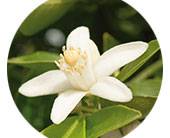
Orange blossom honey
Yellowish, comes from the citrus flowers, is smooth in taste and has a distinctive fragrance. It has a lot of sugars that crystallise, giving it great density and making it more solid. It has sedative and relaxing properties. It is recommended for treating insomnia, anxiety or nervousness.
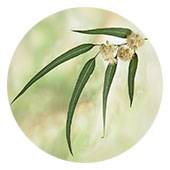
Eucalyptus honey
Dark amber colour, woody flavour and balsamicsmell. It has balsamic, expectorant, antiseptic and anti-inflammatoryproperties. It therefore works well in preventing bronchitis, colds,pharyngitis, cough, asthma, sinusitis or flu. It also prevents cystitis,nephritis or kidney stones
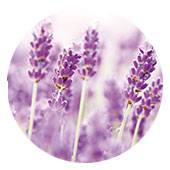
Lavender Honey
Light golden colour, great aroma and very good taste. Because of its high iron content it is ideal for treating anaemia. Its bactericidal properties in topical (external) use are recommended for wounds, cuts, burns of all kinds, including sun burn and insect bites. It also has antiseptic and anti-mucous properties, helping to prevent colds, cough, angina, pharyngitis, bronchitis and flu.
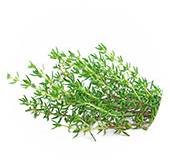
Thyme honey
Dark-coloured, unevenly crystallised. It is antiseptic, digestive and good for preventing or dealing with infections. It is recommended to prevent flatulence, heartburn, diarrhoea and also to prevent or treat colds, flu, angina or bronchitis. Being rich in iron, it is also recommended for anaemia.
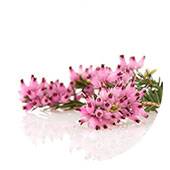
Other
Heather, lime, hazel, chestnut, lavender, acacia or clover, among others. There are also lesser known honeys such as Manape, from Australia and New Zealand; and Ulm, Tiaca in Chile, Keely from Argentina, Peru or Bolivia.
Main types of forest honey:
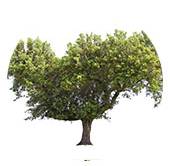
Holm oak honey
It is made from the molasses that emerges from acorns. It's one of the darkest honeys, sometimes even black. It's pretty strong though it does taste good. It is rich in iron and has astringent properties (fights diarrhoea), as well as stimulants and digestives.

Fir honey
Green in colour, it is difficult to obtain because its production is quite scarce and does not occur every year. It has a strong balsamic aroma and is usually used to treat respiratory diseases.
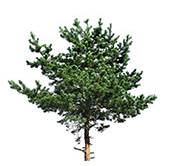
Pine honey
Similar to fir honey, obtained from the secretions of insects that suck the sap out of the pine trees. It is dark in colour, has a very specific smell and a flavour similar to a resin. It is difficult to obtain, but is also suitable for treating respiratory diseases.






